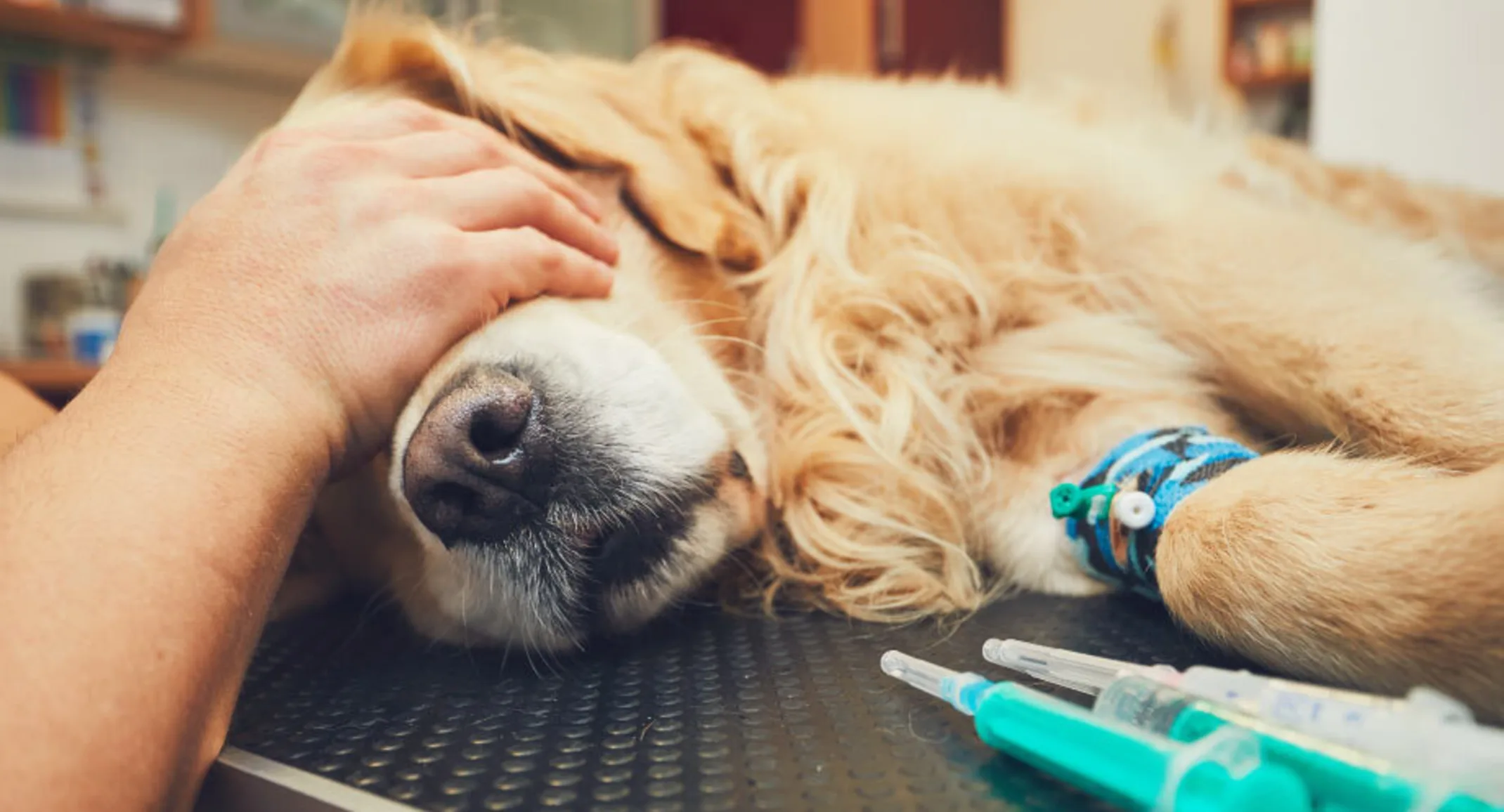Admitting Your Pet for Surgery
For Pet Owners

The surgery department at WVRH is available Monday through Saturday with board-certified surgeons that are here to assist with consultation and surgery for small animals. We also are available for emergency surgery when needed overnight and over the weekend. We are committed to providing options for the treatment of multiple conditions that our beloved pets may require in their lifetime. A typical day has consultations in the morning from 9am to 11am and the after noon is reserved for elective and emergency surgery. On Wednesday nights Dr. Townsend is available for consultations between 5pm and 8pm to help accommodate people who work during the day.
Surgeons:
Julie Bennett, DVM, DACVS—Chief of Surgery
Forrest “Trey” Townsend, DVM, DACVS—Staff Surgeon
Elizabeth Davis, VMD—Surgery Resident
What is the process of admitting my pet for surgery? At WVRH a pre-operative consultation is performed to confirm the diagnosis and to discuss the treatment options and expectations from surgery. Please bring any records, medications, or x-rays that your veterinarian may have provided. Depending on your schedule surgery can be performed in most cases the same day or the next day. Some procedures such as cruciate tears waiting a week will not negatively impact the prognosis and recovery from surgery.
For admission, your pet should be fasted (no food) the night before. Please bring your pet to the hospital between 7:30am-8 am in the morning. We will admit your pet and set up a comfortable place for them to be while the pre-operative preparations are made. Please remove any carriers, collars, and leashes upon admission, you may provide a blanket or toy for your pet but be warned that some of these items may get soiled during hospitalization and may be washed. It can be difficult identifying who’s blanket is who’s once it is in the wash and it is possible that it may become lost in the laundry. In most cases, an IV catheter will be placed in the forelimb requiring clipping of the hair in this region. For knee surgery, the affected limb will be clipped as well as a small spot on the back for the epidural injection.
How is anesthesia administered and monitored? In cases of knee surgery anesthesia is initially administered through an IV catheter, and then maintained via gas through a tube passed into your dog’s airway. The gas anesthesia allows rapid changes in depth of anesthesia and fine-tuning for individual patients. In addition to the gas portion of the anesthesia, we provide a continuous infusion of medications through the IV line to prevent and control operative pain. A dedicated veterinary technician is responsible for controlling the anesthesia and all patients are monitored with continuous EKG, oxygen/CO2 monitoring, blood pressure, and temperature monitors. These individuals are in constant communication with the surgeon to give updates on vital parameters during the procedure.
Each anesthesia plan is designed for the individual patient, if there are concurrent systemic abnormalities such as heart murmur, kidney disease, or liver disease these conditions are taken into account when planning the anesthesia protocol.
How is pain controlled during and immediately after surgery? Controlling pain in the post-operative patient in all surgery patients is very important to us at WVRH. For surgery of the hindlimbs, we will provide an epidural to apply locally controlled pain relief to the lower half of the body prior to surgery. We provide a continuous IV drip of pain medications during the initial post-operative period. Once the patient has fully recovered from anesthesia we begin to transition to oral medications in preparation to go home.
Forrest Townsend, DVM, DACVS
